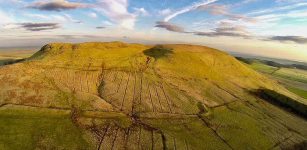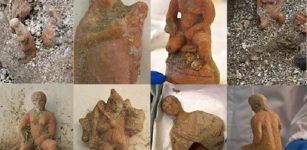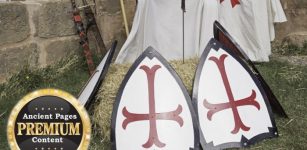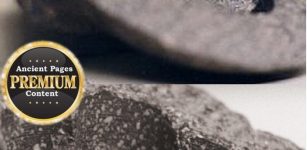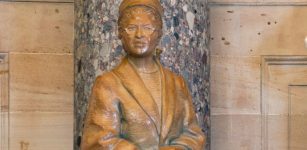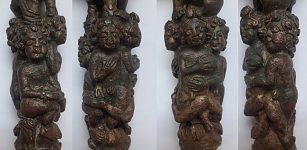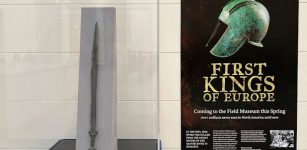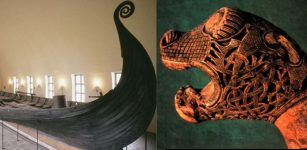On This Day In History: Cliff Palace At Mesa Verde, Colorado Discovered – On Dec 18, 1888
AncientPages.com - On December 18, 1888, the Cliff Palace at Mesa Verde, Colorado, was discovered by rancher Richard Wetherill (1858- 1910) and his brother-in-law Charlie Mason, who was riding across the mesa top looking for stray cattle.
Cliff Palace in Mesa Verde National Park, Colorado, U.S. Image credit: Judson McCranie - CC BY-SA 3.0
In the 1200s, the Anasazi, an ancient pueblo people, built 150 rooms and 23 large, round kivas (used for rituals) within a large rock shelter high on a cliff. Rooms, about 6'×8'(2×2.5m), were constructed of sandstone blocks with mortar made from soil, water, and ash. These ruins of North America's largest and most famous cliff dwellings are now preserved in Mesa Verde National Park.
The Cliff Palace had a population of approximately 100 people.
Considering the size of the doorways in Cliff Palace and other cliff dwellings, we now know much more about the size of the people who once lived there.
An average man was about 5'4" to 5'5" (163 cm) tall, while an average woman was 5' to 5'1" (152 cm). If you compare them with European people of the same period, they would have been about the same size.
Cliff Palace dwellings; Mesa Verdse National Park. Image credit: G. Edward Johnson - CC BY-SA 3.0
Most people lived an average of 32-34 years; however, some lived in their 50s and 60s. Approximately 50% of the children died before they reached the age of five.
Out of the nearly 600 cliff dwellings concentrated within the park's boundaries, 75% contain only 1-5 rooms each, and many are single-room storage units.
Sandstone, mortar, and wooden beams were the three primary construction materials for the cliff dwellings. The mortar between the blocks was a mixture of local soil, water, and ash. Fitted in the mortar are tiny pieces of stone called "chinking," filling the gaps and adding structural stability to the walls.
Over the surface of many walls, the people decorated with earthen plasters of pink, brown, red, yellow, or white
It is thought that Cliff Palace was a social, administrative site with high ceremonial usage.
AncientPages.com
Expand for references


